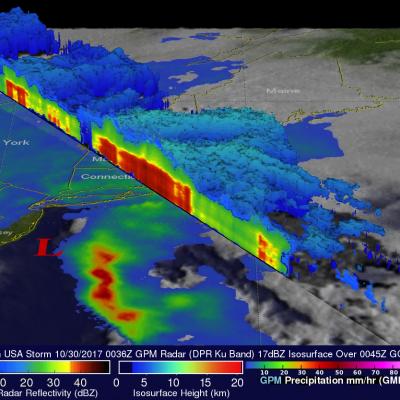Orographic Land–Atmosphere Interactions and the Diurnal Cycle of Low-Level Clouds and Fog
Publication Year
Journal
J. Hydrometeor.
Volume
18
Page Numbers
1513-1533
DOI
10.1175/JHM-D-16-0186.1
Mission Affiliation
Major Category



